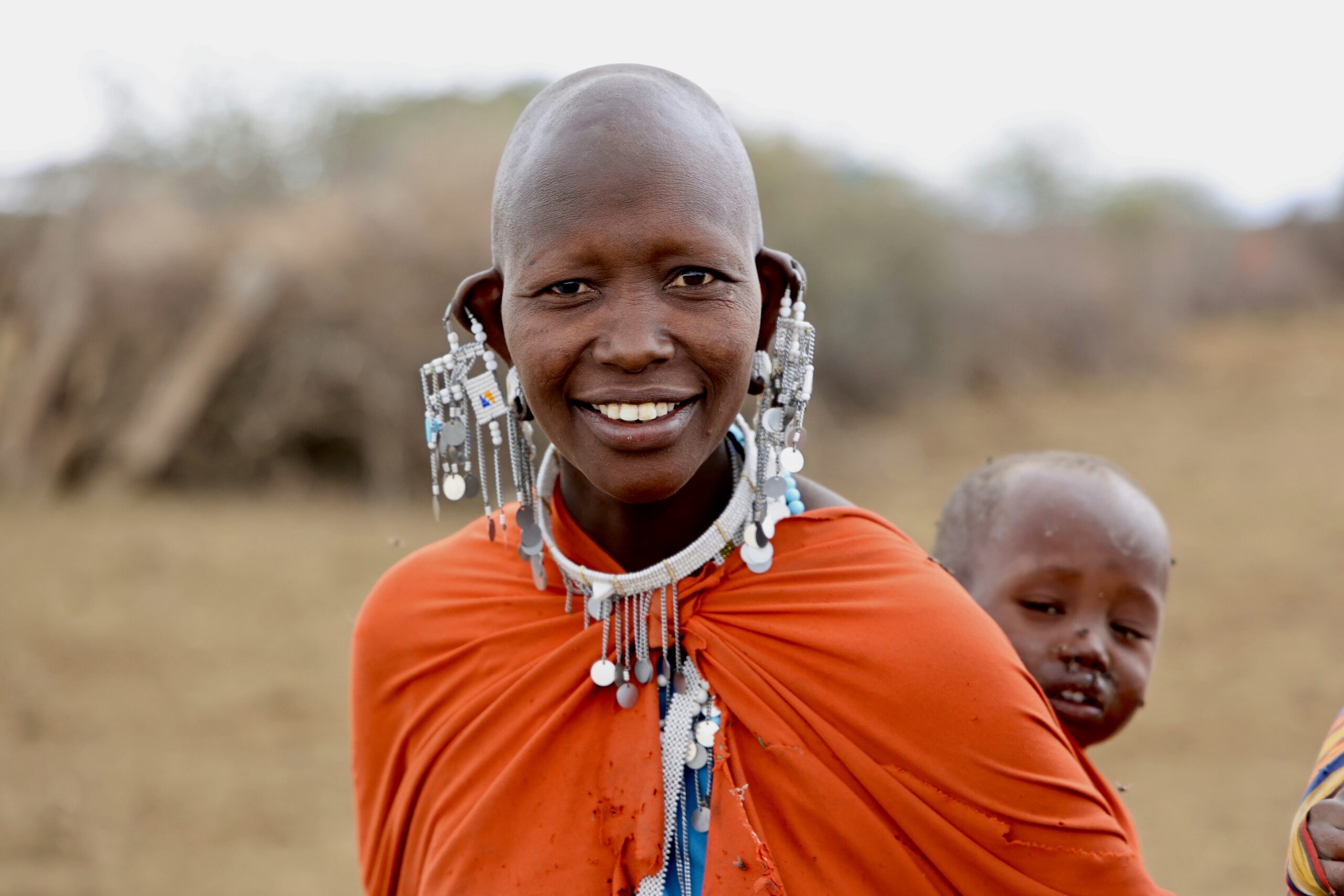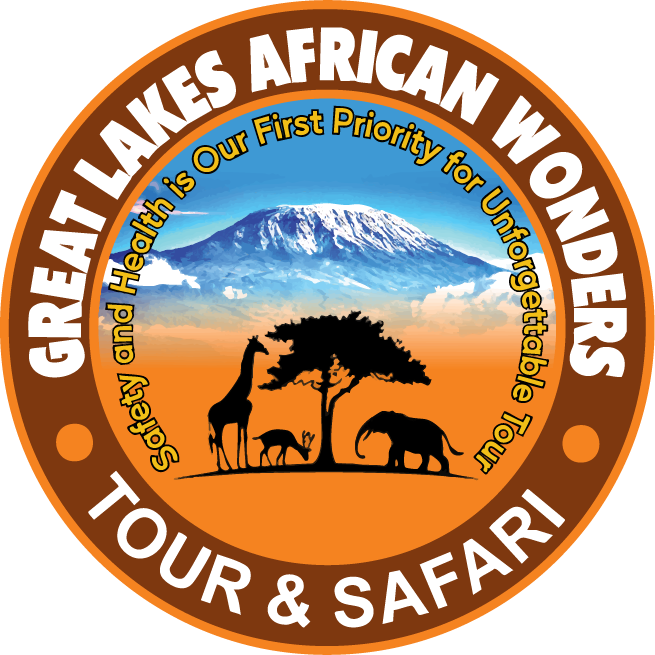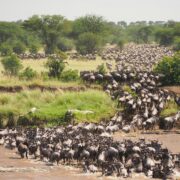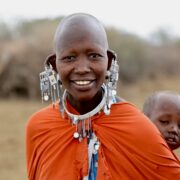
10 Things You Didn’t Know About Maasai Culture
The Maasai are one of the most iconic tribes in East Africa, known for their vibrant attire, tall stature, and close connection to wildlife and land. But there’s so much more to this semi-nomadic people than what you see in photos. At Great African Wonders, we offer immersive cultural experiences that allow you to engage with the Maasai authentically and respectfully.
They Live in Enkang ( Manyattas )
Maasai homes are traditionally built by women using mud, sticks, grass, and cow dung. These small, circular huts are clustered together in a fenced village called an enkang, designed to protect the family and livestock from predators.
Cattle = Life
To the Maasai, cattle aren’t just food — they’re a symbol of wealth, status, and survival. A man’s social standing is often measured by the size of his herd. Milk, blood, and meat from cows form the basis of their diet and rituals.
They Speak Maa
While many Maasai also speak Swahili and English, their native language is Maa — a rich, expressive tongue that’s central to preserving oral traditions, songs, and proverbs.
Initiation Rites Are Still Practiced
Maasai culture marks important life stages — such as becoming a warrior (moran) or elder — with elaborate ceremonies and tests of strength and bravery. These are deeply respected milestones.
Maasai Jumping Isn’t Just for Show
The famous “jumping dance” (Adumu) performed by young warriors is not just entertainment — it’s a rite of passage and a show of strength and stamina. The higher a moran jumps, the more respect he gains.
They Believe in One God – Enkai (or Engai)
The Maasai believe in a single, all-powerful deity named Enkai, who is associated with both the benevolent and wrathful aspects of nature. Enkai is the giver of rain, life, and cattle.
They Are Semi-Nomadic by Choice
Traditionally, the Maasai move with their herds across vast landscapes, following the rains. This nomadic lifestyle helps sustain their cattle and preserves the natural grazing balance of the ecosystem.
Red Isn’t Just a Color — It’s a Statement
The red shuka (cloak) worn by Maasai is symbolic of bravery, protection, and unity. It also scares off lions which is helpful when walking through the bush!
Maasai Land Lies in Both Tanzania and Kenya
The Maasai people live in the Great Rift Valley, stretching across southern Kenya and northern Tanzania. Despite modern borders, they continue to share a strong, cross-border cultural identity.
They Are Evolving with the Times
Today’s Maasai communities are embracing change while preserving their traditions. Many are educating their children, promoting women’s rights, starting businesses, and engaging in tourism as a sustainable way to support their communities.
Beyond the red shuka and jumping dances, discover the rich traditions, values, and stories of the Maasai people.said Polito
Want to Experience Maasai Culture Firsthand?
At Great African Wonders, we offer respectful cultural tours led by the Maasai themselves — where you can walk through villages, learn traditional dances, join in beadwork sessions, or listen to stories by the fire.
Recent Posts
The Great Migration: Nature’s Most Epic Show
10 Things You Didn’t Know About Maasai Culture
Eco-Tourism in Action: How Your Safari Supports Communities
All Categories

Thailand











